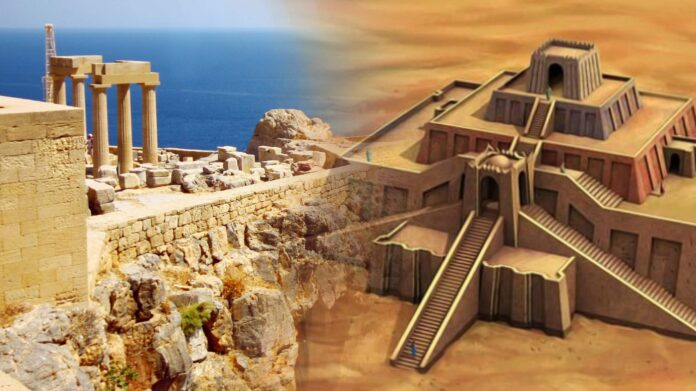The Foundations of Urban Civilizations
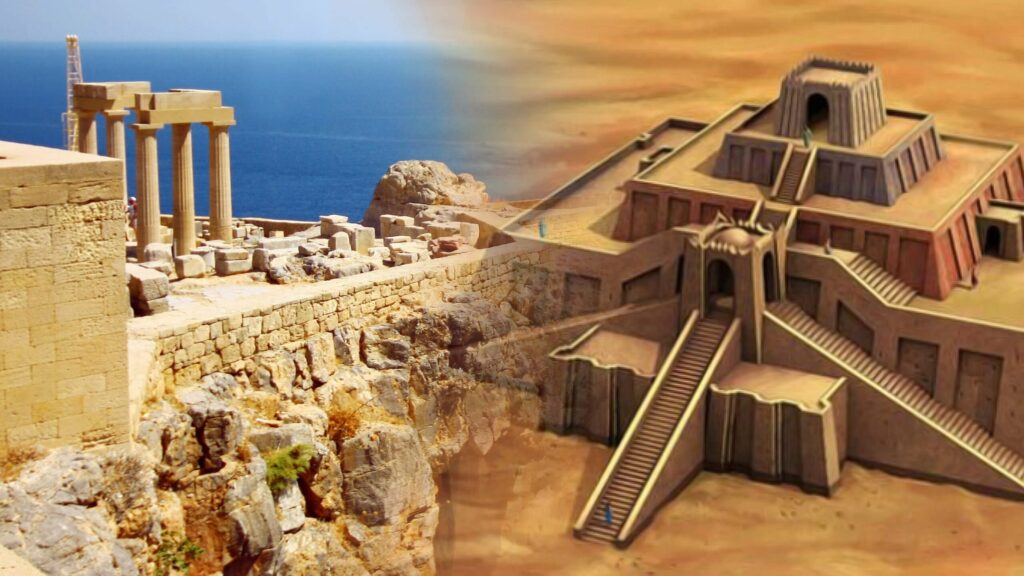
In the fertile lands along the Tigris and Euphrates rivers and the sun-drenched shores of the Mediterranean, two ancient civilizations—the Sumerians and the Greeks—laid the foundations for urban life as we know it today. Though separated by centuries and vast distances, these cultures would forge remarkably similar paths in their pursuit of organized societies.
The Rise of City-States
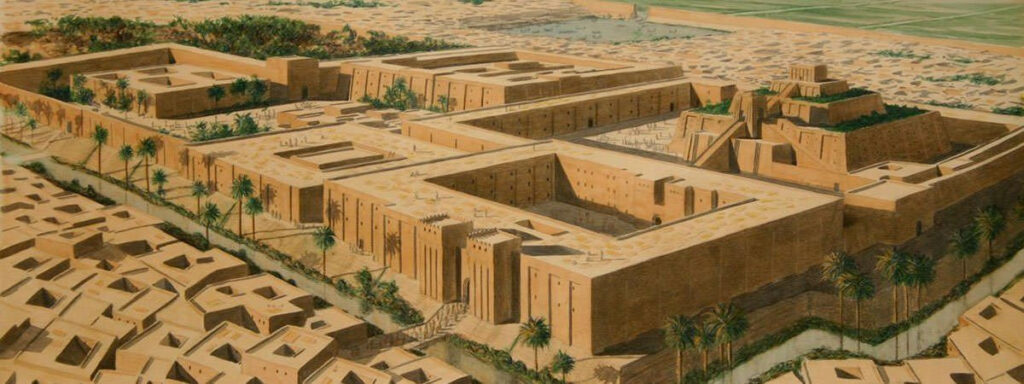
At the heart of both civilizations beat the rhythms of city-states, where citizens gathered to shape their destinies. In Sumeria, cities like Ur and Uruk stood as beacons of progress, their temple complexes and palatial structures directing the ebb and flow of agricultural activities and resource distribution.
Meanwhile, in the Greek world, the agora—a bustling public space—epitomized the spirit of civic engagement, where citizens congregated to debate, trade, and forge the democratic ideals that would echo through the ages.
Governance and Religion: Intertwined Threads
The Sumerian Palaces: Seats of Authority

In Sumerian cities, authority coalesced around the figure of the “Lugal”—a title that evolved from denoting provincial rulers to embodying the supreme secular kingship. These palaces stood as bastions of centralized power, overseeing the intricate tapestry of societal order and agricultural production.
The Greek Agora: A Democratic Heartbeat
In contrast, the Greek city-states embraced a more participatory approach, with the agora serving as the locus of political discourse and decision-making. Here, citizens exercised their rights and responsibilities, shaping the course of their communities through spirited debates and collective action.
Yet, despite these contrasting governance structures, both civilizations wove religion deeply into the fabric of their societies. Sumerian priest-kings presided over sacred rites and administrative duties alike, while Greek city-states honored their deities through rituals and festivals that punctuated civic life.
Sanctuary Cities: Bridging the Sacred and Secular
Nippur and Delos: Hallowed Grounds
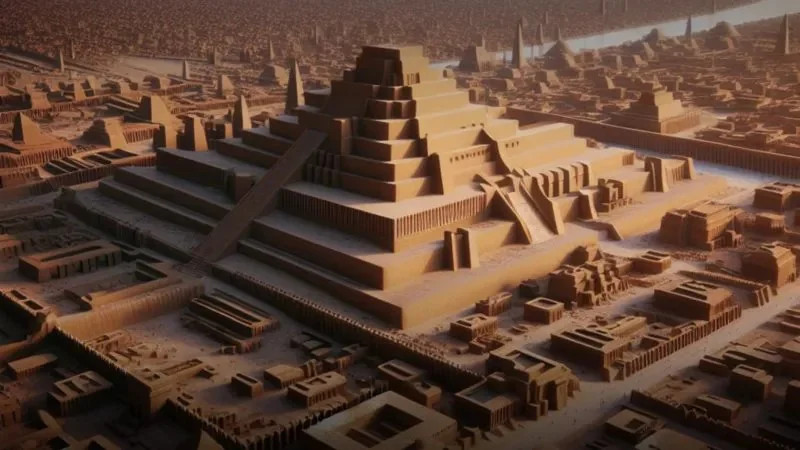
In the heart of ancient Sumeria, the city of Nippur stood as a sanctuary, where the highest religious authority rested with the priest-kings of neighboring cities. Its counterpart in the Greek world was the island of Delos, a sacred site dedicated to Apollo that also served as a commercial hub, forging alliances between city-states through shared reverence and trade.
These sanctuary cities exemplified the intricate intertwining of religious sanctity and political strategy, underscoring the profound influence of spirituality on the governance and social fabric of both civilizations.
A Shared Legacy of Human Ingenuity
Anthropological Roots and Cultural Diffusion
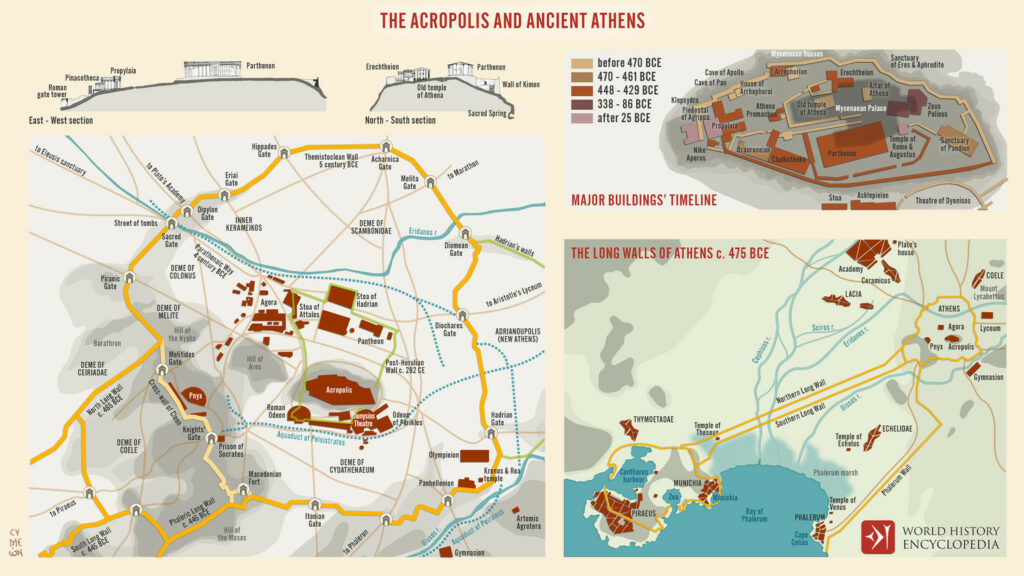
While the parallels between Sumerian and Greek city-states may stem from the universal challenges faced by emerging urban societies, the influence of cultural exchange cannot be overlooked. Greek culture bore the indelible imprint of Near Eastern civilizations, facilitating the dissemination of ideas, technologies, and practices that resonated across these ancient worlds.
As we trace the echoes of these ancient societies through the annals of history, we are reminded of the enduring legacy they bestowed upon humanity—a testament to our shared capacity for adaptation, innovation, and the pursuit of organized societies that have shaped the course of civilization.
